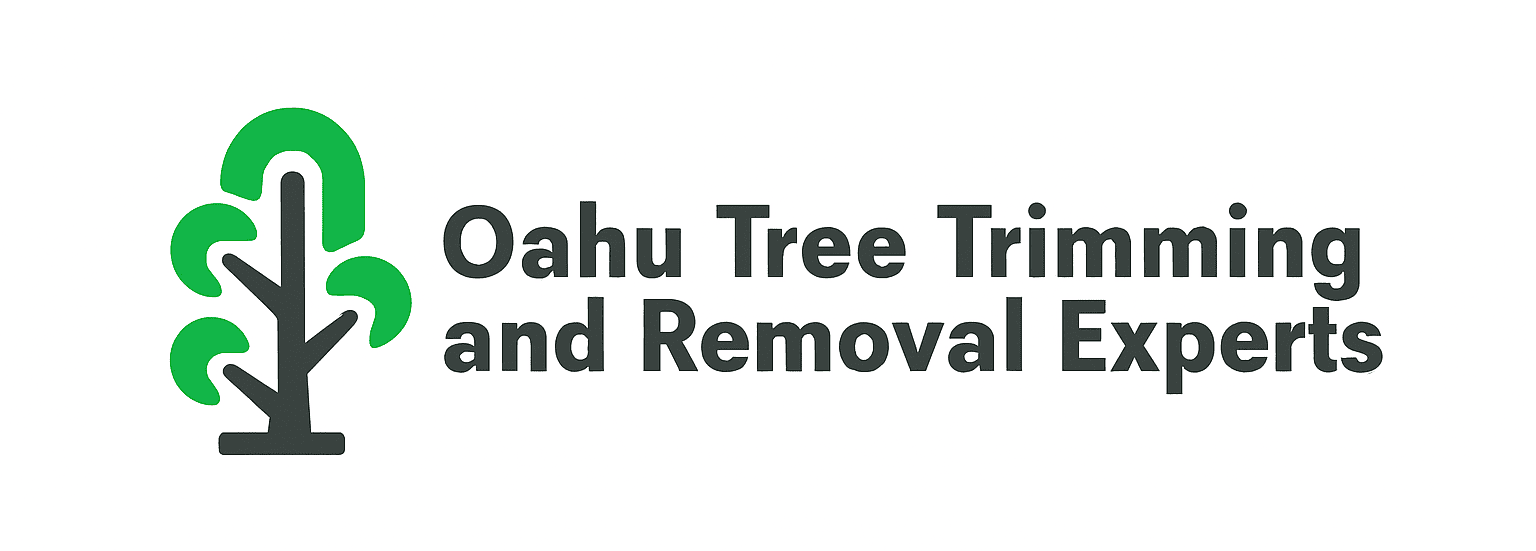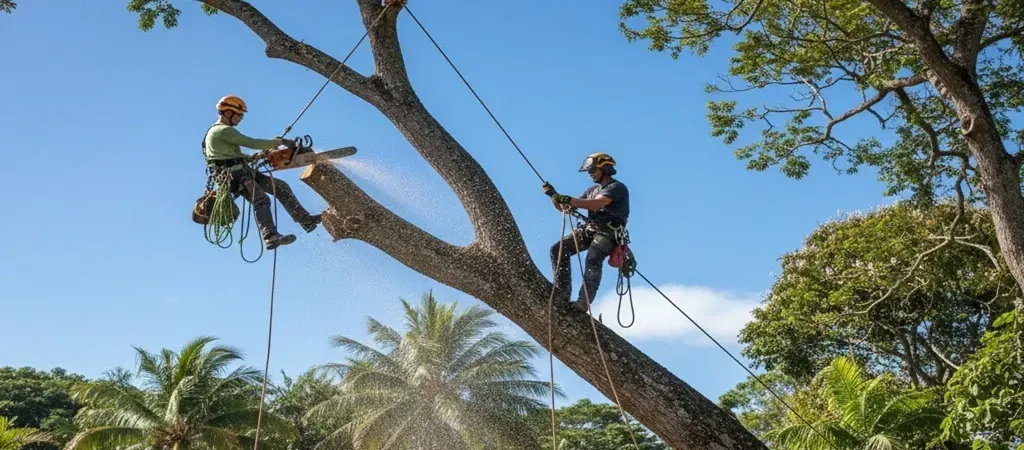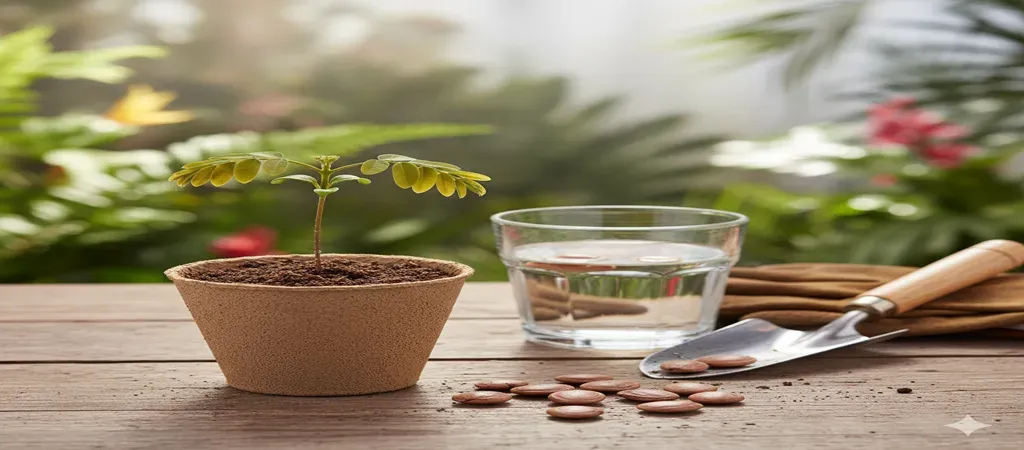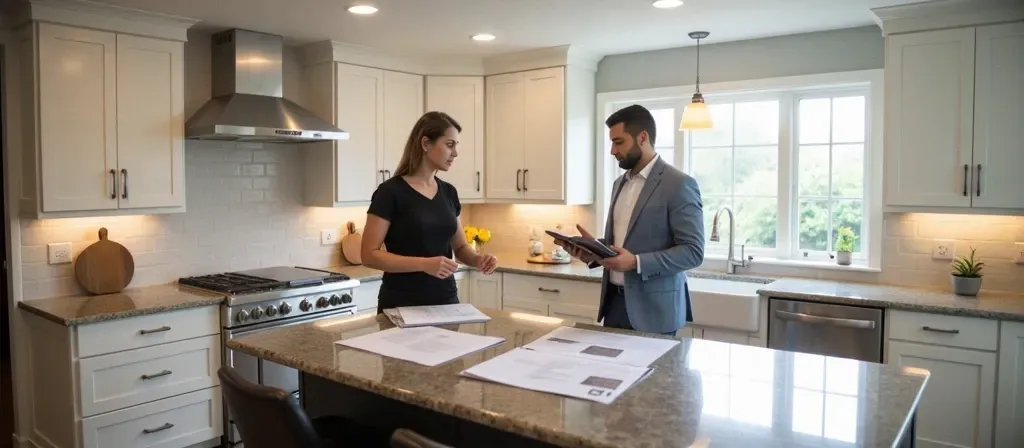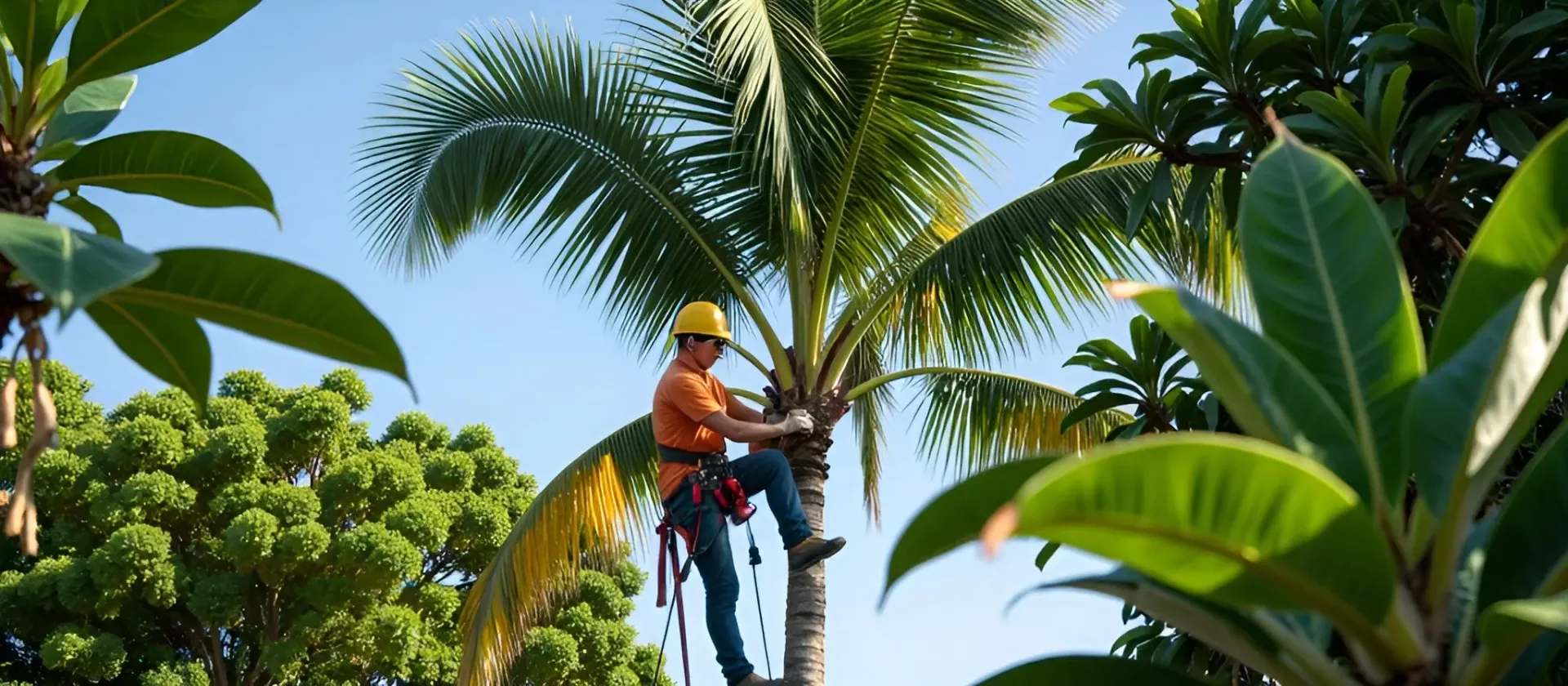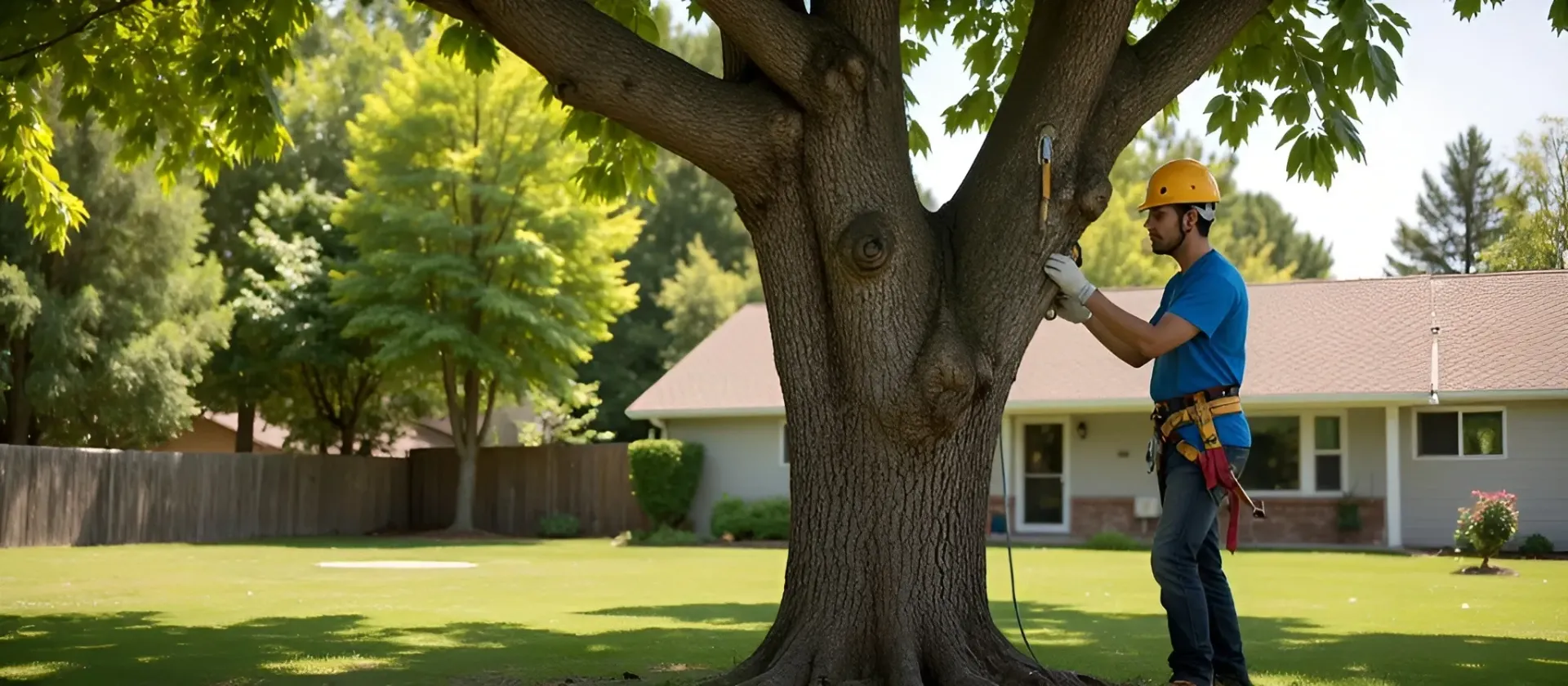Why Tree Health Matters: Expert Insights

Imagine a world without trees. No shade on hot days. No rustling leaves in the wind. No fresh air. Pretty bleak, right?
Trees do more than just stand there looking pretty. They keep our planet alive. They give us fruits, oxygen, and shade. We need them, yes, but we often ignore that trees need us too. We need to understand that we have to take care of them.
But tree health goes beyond just making the forests green. It’s an ecosystem. It’s biodiversity. Plus, it’s the entire balance of our planet’s climate. When trees thrive, nature stays in sync. When they don’t, everything unravels.
So, why does tree health matter? And what can we do to protect it?
Let’s dig in.
Healthy Trees = A Happy Planet
More than just greenery, trees act as natural air filters, carbon sinks, and oxygen providers. And that’s only the start of their role in our world.
They Provide Oxygen and Clean the Air
Trees are free air filters, removing all the harmful pollutants. A single mature tree can produce enough oxygen for four people every day.
But trees do more than that. They absorb toxins like carbon monoxide, sulfur dioxide, and nitrogen dioxide. In places with fewer or no trees, air quality decreases. It makes breathing harder for people with asthma or allergies.
Maintaining air-cleansing trees is one of the reasons professional tree trimming services in Oahu are so valuable—especially in urban environments where air quality struggles most.
They’re Life Support for Wildlife
From tiny insects to massive bears, trees provide homes and food. A single oak can house over 500 species of bugs and critters.
Without trees, many animals would lose their natural habitat. Birds build nests in branches, squirrels store food in trunks, and bees rely on blossoms for nectar. Even underground, tree roots form networks that help fungi and microorganisms thrive, creating a balanced ecosystem.
They Fight Climate Change
Trees work constantly to purify the air. They take away CO2 and cool down our cities. Plus, they reduce the effects of global warming which can end life. But when trees die, they release that stored carbon back into the air, making climate change even worse.
Do you know urban areas with a packed population and fewer trees experience the heat island effect? During the daytime, the temperature rises because concrete takes in the heat and keeps releasing it even at night. Plant more trees in cities and you will see temperatures lowering. It will reduce energy costs, and make urban life more bearable.
Supporting sustainable tree care practices can play a major role in offsetting the urban heat effect and reducing environmental impact.
They Keep Soil and Water in Check
Ever seen a flood in a city with barely any trees? That’s not luck. That’s just trees doing their job. They stop soil from washing away. They hold the ground together. Plus, they soak up excess rain like giant, living sponges. No floods. No erosion. No unstable land.
Their roots—do they just sit there? No! They act as anchors that grip the earth and keep slopes from collapsing.
And the rain? Trees filter it by catching pollutants. They clean the water before it ever reaches rivers. It’s nature’s own purification system, keeping water sources safe for drinking and wildlife.
They Improve Mental and Physical Health
Feeling stressed? Step outside. Just being around trees can lower cortisol which eases anxiety and lifts your mood. Science backs it. Lower blood pressure. Calmer nerves. And better focus.
Cities with more trees? Healthier, happier communities. Green spaces reduce crime, boost social connections, and even make people more generous. Studies show less anxiety and lower depression rates. Moreover, trees help with better immune systems.
Why a Sick Tree Is a Big Problem
A tree might look fine on the outside but be rotting on the inside. And once one tree gets sick, the whole ecosystem can suffer. Here’s what’s threatening tree health:
Pesky Pests and Killer Diseases
Certain bugs and fungi are tree assassins. The emerald ash borer? A silent assassin. It’s already wiped out millions of ash trees across North America. Dutch elm disease? Just as brutal. Once these invaders sink in, survival isn’t likely. Prevention is the only real defense.
To prevent infestations and diseases, many homeowners rely on advanced tree care techniques that improve tree resilience and longevity.
Climate Change is Making Things Worse
Heat waves. Sudden frosts. Droughts that stretch for months. Trees aren’t built for this kind of stress. Weak trees? Easy targets. Pests move in, diseases spread faster and recovery gets harder.
A healthy tree today doesn’t mean a healthy tree tomorrow. The environment is shifting. And trees are struggling to keep up.
Human Interference Isn’t Helping
Deforestation, pollution, and urban sprawl? Not exactly tree-friendly. Cutting down forests for land development or ignoring tree health in cities leads to long-term environmental damage.
How We Can Keep Trees Thriving
Tree health isn’t just for scientists or environmentalists to worry about. Anyone can help. And it starts with paying attention.
Spot Problems Early
Sick trees show warning signs. Yellowing leaves? Trouble. Peeling bark? Red flag. Fungus creeping in? Big problem.
Catch them early, and you might save trees. Ignore them, and you’ll be staring at a dying tree. When in doubt, call an arborist.
Plant Smart and Care for Trees
Not every tree belongs everywhere. Some thrive. Some struggle. Some just give up. Choose native species that adapt and grow stronger. But planting isn’t the finish line. It’s the starting point. Maintenance is everything.
Prune wisely and water deeply. Mulch as it matters because it does. Healthy trees don’t happen by accident.
Use the right tree trimming tools and techniques to avoid damage and promote growth.
Support Sustainable Forestry
Logging isn’t always bad. But unsustainable practices are. Support companies that use responsible forestry methods. This means buying products with labels like FSC (Forest Stewardship Council) certification.
You Can Make a Difference
Think tree health doesn’t affect you? Think again. More trees mean better cities with cooler summers, cleaner air, and happier people.
And trees don’t just boost the environment. They boost property value. A well-placed, healthy tree can add thousands to a home’s worth. Shade today, profit tomorrow.
But keeping trees alive? That’s on us.
Communities make a difference. Tree planting drives local conservation efforts. Even something as small as watering the lonely street tree outside your house. It all adds up.
Final Thoughts: Why Tree Health Matters More Than Ever
Trees are life support. But without care, they don’t last. Neglect weakens them. Diseases spread. Branches break. Roots suffocate. And before you know it, another tree is gone.
The good news? We can stop it.
It starts with knowing why tree health matters. Learning the warning signs and taking small steps makes a big difference.
Next time you pass a tree, don’t just ignore it. Look up. Notice the leaves, the bark, and the strength in its silence. Give it a second of your time. It’s been giving you a lifetime of air.
